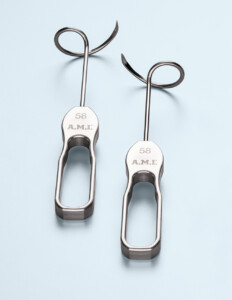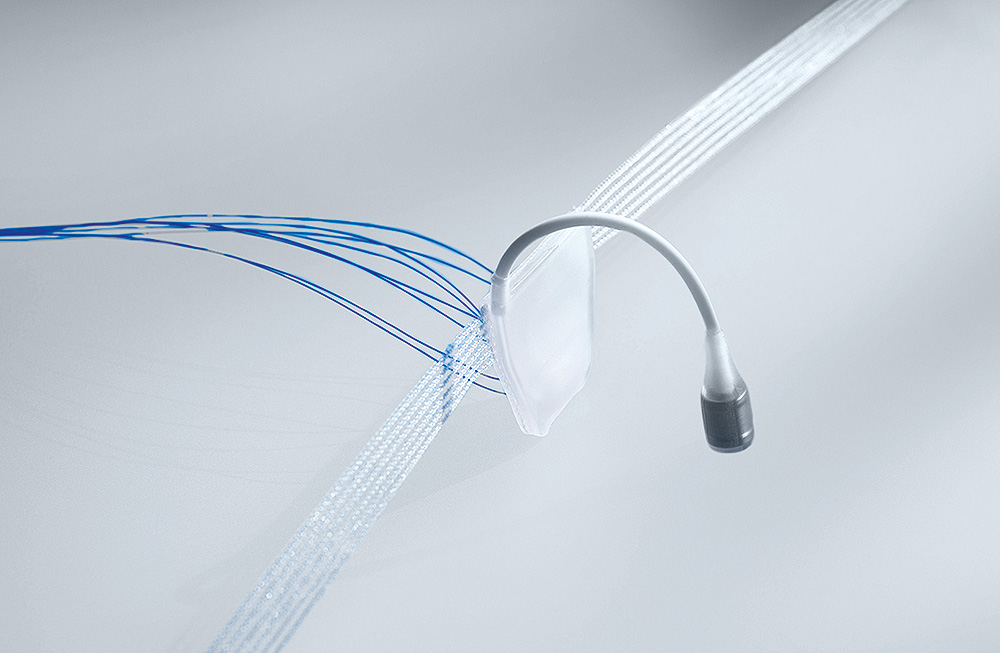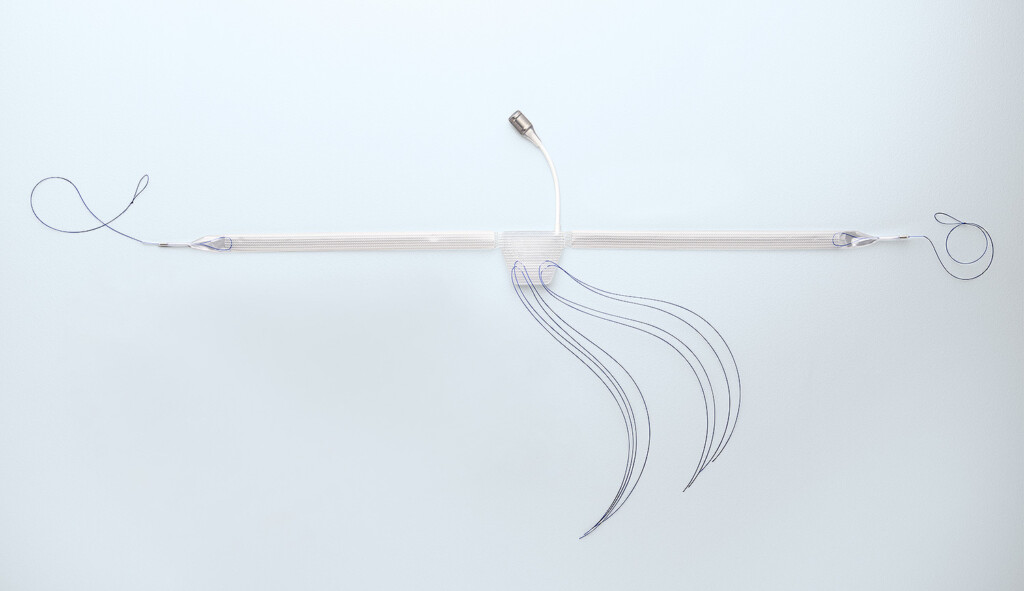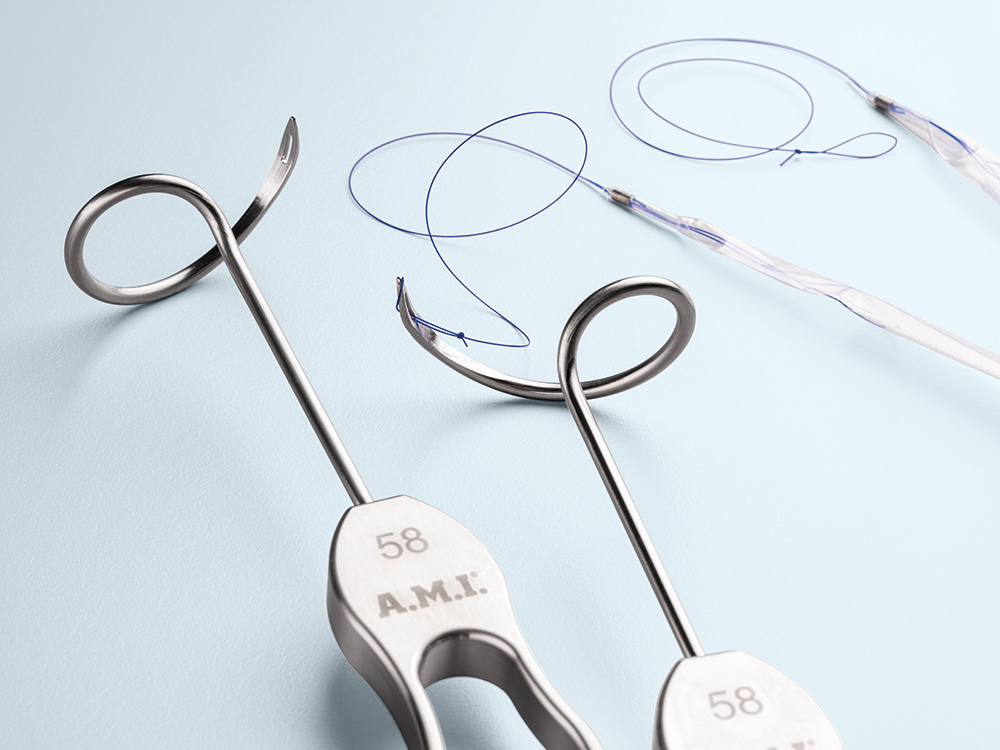[1] J. C. Angulo et al., “Patient satisfaction with adjustable transobturator male system in the Iberian multicenter
study,” World J. Urol., vol. 37, no. 10, pp. 2189–2197, Oct. 2019, doi: 10.1007/s00345-019-02639-4.
[2] J. C. Angulo, I. Arance, C. Esquinas, J. F. Dorado, J. P. Marcelino, and F. E. Martins, “Outcome Measures
of Adjustable Transobturator Male System with Pre-attached Scrotal Port for Male Stress Urinary
Incontinence After Radical Prostatectomy: A Prospective Study,” Adv. Ther., vol. 34, no. 5, pp. 1173–1183,
May 2017, doi: 10.1007/s12325-017-0528-5.
[3] J. C. Angulo et al., “Results of Adjustable Trans-Obturator Male System in Patients with Prostate
Cancer Treated with Prostatectomy and Radiotherapy: A Multicenter Study,” J. Clin. Med., vol. 12,
no. 14, p. 4721, Jul. 2023, doi: 10.3390/jcm12144721.
[4] W. Bauer and C. Brössner, “Adjustable transobturator male system – ATOMS – for the treatment of postprostatectomy
urinary incontinence : The surgical technique,” Pelviperineology, vol. 30, pp. 10–16, 2011,
[5] W. Bauer, M. Karik, and P. Schramek, “The self-anchoring transobturator male sling to treat stress
urinary incontinence in men: A new sling, a surgical approach and anatomical fi ndings in a cadaveric
study,” BJU Int., vol. 95, no. 9, pp. 1364–1366, 2005, doi: 10.1111/j.1464-410X.2005.05530.x.
[6] R. C. Doiron et al., “Canadian Experience with the Adjustable Transobturator Male System for Post-
Prostatectomy Incontinence: A Multicenter Study,” J. Urol., vol. 202, no. 5, pp. 1022–1028, Nov. 2019,
doi: 10.1097/JU.0000000000000420.
[7] J. F. Dorado and J. C. Angulo, “Refi ned Nomogram Incorporating Standing Cough Test Improves Prediction
of Adjustable Trans-Obturator Male System (ATOMS) Success to Treat Post-Prostatectomy Male Stress
Incontinence,” J. Pers. Med., vol. 12, no. 1, p. 94, Jan. 2022, doi: 10.3390/jpm12010094.
[8] C. Esquinas, I. Arance, J. Pamplona, A. Moraga, J. F. Dorado, and J. C. Angulo, “Tratamiento de la
incontinencia urinaria de esfuerzo tras prostatectomía con el sistema masculino transobturador ajustable
(ATOMS®) con puerto escrotal premontado,” Actas Urológicas Españolas, vol. 42, no. 7, pp. 473–482,
Sep. 2018, doi: 10.1016/j.acuro.2018.02.005.
[9] A. Friedl et al., “Long-term outcome of the adjustable transobturator male system (ATOMS): results of a
European multicentre study,” BJU Int., vol. 119, no. 5, pp. 785–792, May 2017, doi: 10.1111/bju.13684.
[10] A. Friedl, W. Bauer, M. Rom, D. Kivaranovic, W. Lüftenegger, and C. Brössner, “Sexuality and erectile
function after implantation of an Adjustable Transobturator Male System (ATOMS) for urinary stress
incontinence. A multi-institutional prospective study,” Arch. Ital. di Urol. e Androl., vol. 87, no. 4, p. 306,
Jan. 2016, doi: 10.4081/aiua.2015.4.306.
[11] P. Geretto et al., “Comparison Study between Artifi cial Urinary Sphincter and Adjustable Male Sling:
A Propensity-Score-Matched Analysis,” J. Clin. Med., vol. 12, no. 17, p. 5489, Aug. 2023, doi: 10.3390/
jcm12175489.
[12] A. Giammò and E. Ammirati, “Long-Term Survival Rate of ATOMS Implant for Male Stress Urinary
Incontinence and Management of Late Complications,” J. Clin. Med., vol. 12, no. 6, p. 2296, Mar. 2023,
doi: 10.3390/jcm12062296.
[13] S. Mühlstädt et al., “Five-year experience with the adjustable transobturator male system for the
treatment of male stress urinary incontinence: a single-center evaluation,” World J. Urol., vol. 35, no. 1,
pp. 145–151, Jan. 2017, doi: 10.1007/s00345-016-1839-x.
[14] S. Mühlstädt et al., “An overview of the ATOMS generations: port types, functionality and risk factors,”
World J. Urol., vol. 37, no. 8, pp. 1679–1686, Aug. 2019, doi: 10.1007/s00345-018-2548-4.
[15] F. Queissert et al., “ATOMS (Adjustable Transobturator Male System) Is an Effective and Safe Second-
Line Treatment Option for Recurrent Urinary Incontinence after Implantation of an AdVance/
AdVance XP Fixed Male Sling? A Multicenter Cohort Analysis,” J. Clin. Med., vol. 11, no. 1, p. 81, Dec. 2021,
doi: 10.3390/jcm11010081
[16] E. J. Redmond et al., “Multicentered Assessment of Clinical Outcomes and Factors Associated With
Failure of the Adjustable TransObturator Male System (ATOMS),” Urology, vol. 148, pp. 280–286, Feb. 2021,
doi: 10.1016/j.urology.2020.09.045.
[17] A. Ullate et al., “ATOMS (Adjustable Trans-Obturator Male System) in Patients with Post-Prostatectomy
Incontinence and Previously Treated Urethral Stricture or Bladder Neck Contracture,” J. Clin. Med.,
vol. 11, no. 16, p. 4882, Aug. 2022, doi: 10.3390/jcm11164882.






